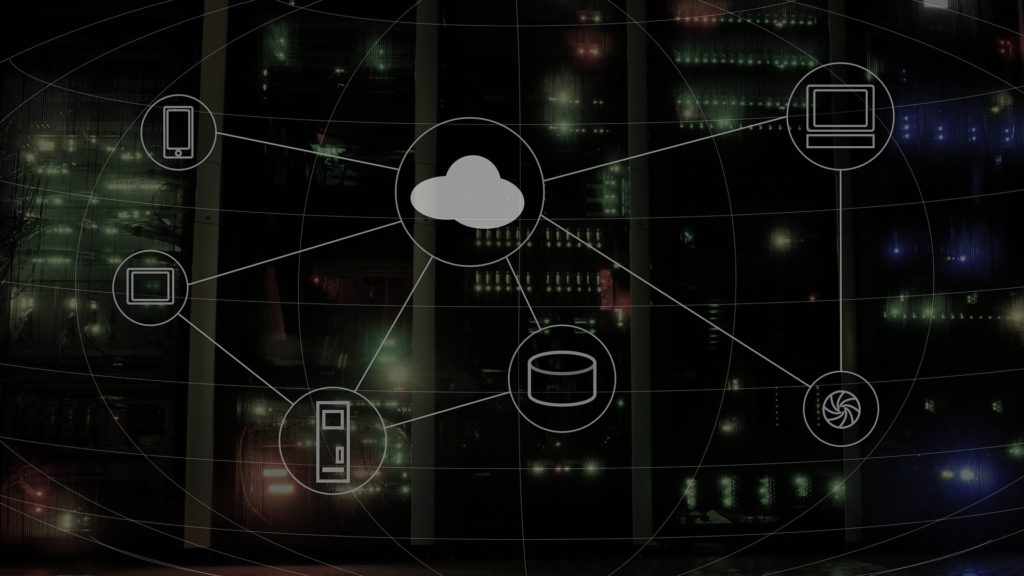SHENZHEN, China, May 10, 2018, /PRNewswire-AsiaNet/ —
At the Huawei Global Analyst Summit 2018 (HAS 2018), the Japanese Internet company CyberAgent, Inc. made the following announcement with Huawei: With the help of Huawei’s CloudFabric solution, CyberAgent, Inc. successfully built a cloud data center network with Intent-Driven Network (IDN) capabilities and comprised fully of fixed switches. The construction of this next-generation cloud data center effectively meets the growing requirements of CyberAgent, Inc. in areas such as media, Internet advertising, and gaming, maximizing their business value.
CyberAgent, Inc. is a well-known Internet company in Japan. It provides services in multiple fields, such as online communities, video on demand (VOD), gaming, advertising, and Internet venture capital. In 2018, revenue is expected to exceed US$3.8 billion. As cloud computing, AI, and Big Data go global, rapid service changes pose higher requirements on data centers. In addition, one of the major challenges that CyberAgent, Inc. urgently needed to overcome was how to construct a data center network with high availability and high scalability while achieving smooth evolution towards IDN.
Tomohiko Sawadaishi, Chief Network Architect of CyberAgent, Inc., said: “The vision of CyberAgent is to create the 21st century’s leading company. One of the core cornerstones that support this vision is the cloud data center network with high availability, high scalability, and continuous evolution towards intelligence and automation. Based on the comprehensive evaluation, Huawei Intent-Driven CloudFabric provides high-standard solutions and devices to meet requirements for constructing our next-generation cloud data center.”
Leon Wang, General Manager of Huawei’s Data Center Network Domain, said: “I would like to thank CyberAgent, Inc. for selecting us to build their next-generation cloud data center. Industries are now starting to enter the latter stage of their digital transformation. Enterprise data centers are no longer merely business support centers, but have also become value creation centers. Huawei will adhere to the principle of customer-centricity, respond to requirements of top global customers from industries such as finance and Internet, and improve network automation and intelligence with AI and Big Data technologies to continuously lead the industry development.”
Huawei CloudFabric breaks the norm to construct a network entirely out of fixed switches. The solution uses the mainstream spine-leaf architecture, supports technologies such as EVPN and VXLAN, and can be integrated with third-party automation management tools. It is the best solution for small- and medium-sized enterprises when building next-generation data center networks. The following are some of its key features:
1. High-bandwidth interconnection and large-buffer access
CE8800 series switches, used as spine nodes, provide 64 x 100GE ports, the highest-density in the industry. CE6800 series, used as leaf nodes, provide 100GE uplink ports, achieving 100GE interconnection within the data center.
2. High network-wide reliability, ensuring zero service interruptions
With the industry’s most comprehensive inter-device link aggregation technology, the network achieves active-active server access and zero-interruption when upgrading switches, ensuring services are available 24/7.
3. Compact and easy to manage, reducing CAPEX and OPEX
The CE8860 series take up just 2 U in space, achieving high-density access of servers with different interface rates (10GE, 25GE, 40GE, and 100GE) and saving equipment room space. Devices can be integrated with third-party tools such as Ansible, implementing integrated network and IT management.
Huawei CloudFabric has served 2800 enterprises in over 120 countries. In particular, it has been put into large-scale commercial use in industries such as finance, Internet, Media & Entertainment (M&E), cloud service provider, and telecom carrier. CloudFabric uses the IDN architecture to drive the construction of data center-centric next-generation network platforms for more enterprises.
SOURCE: Huawei


